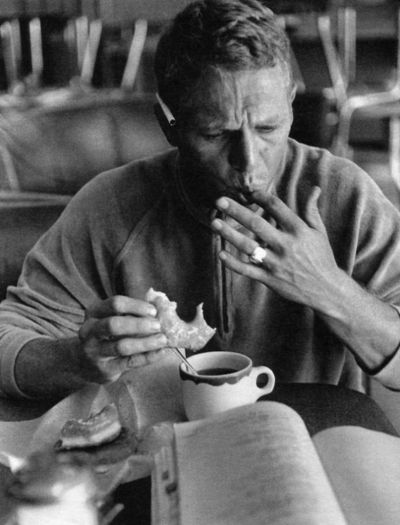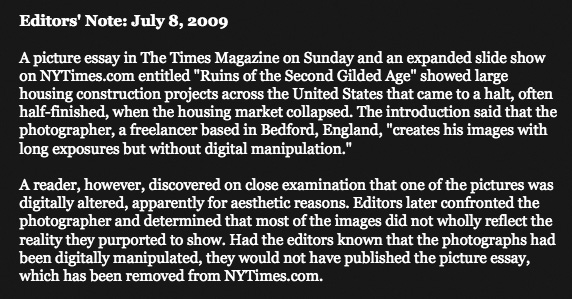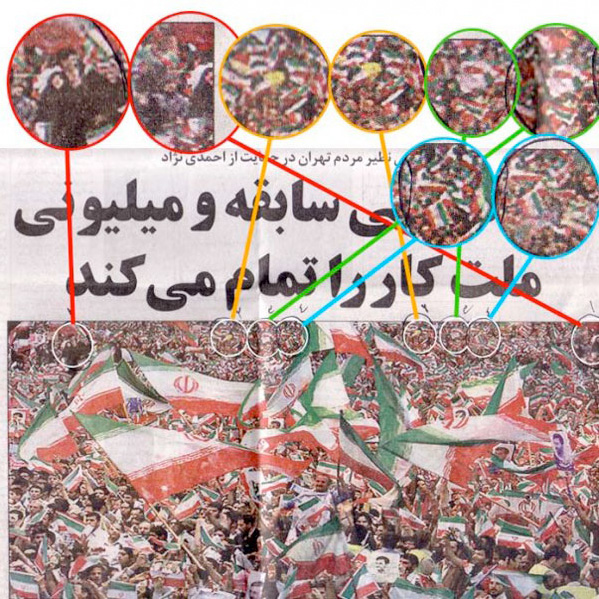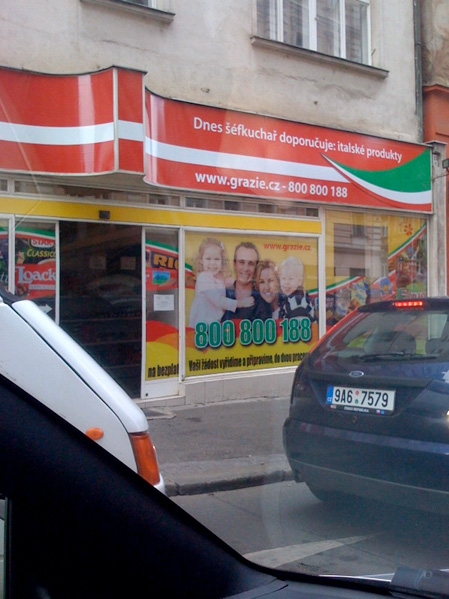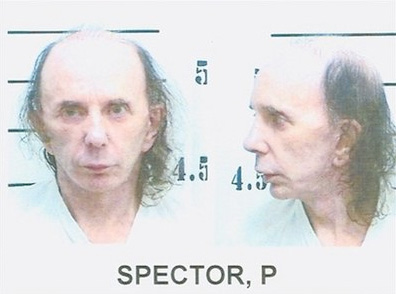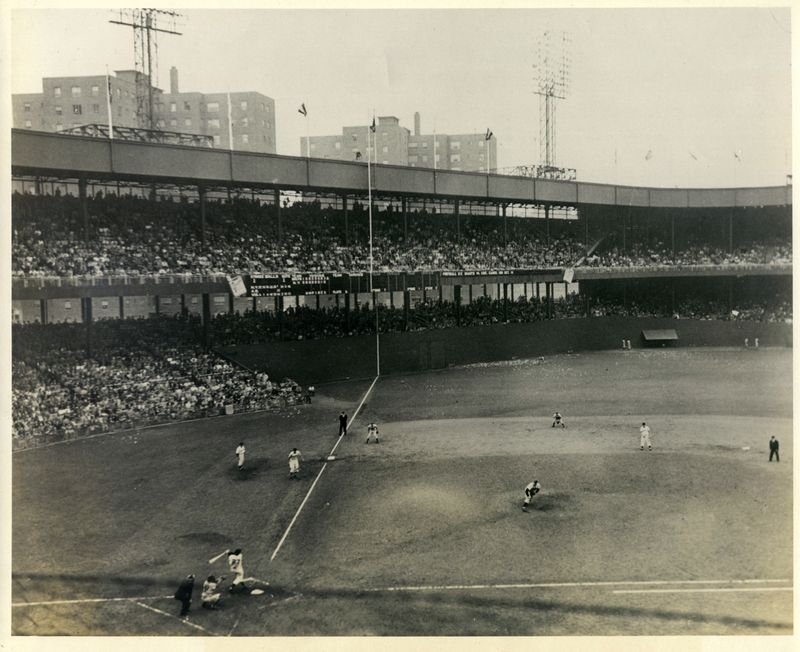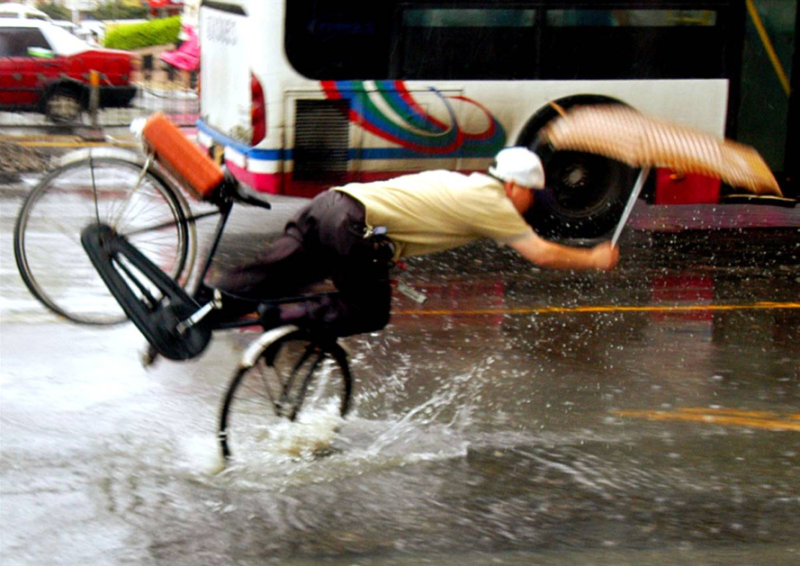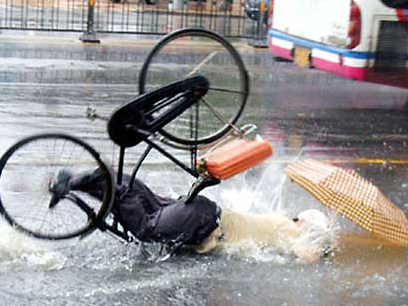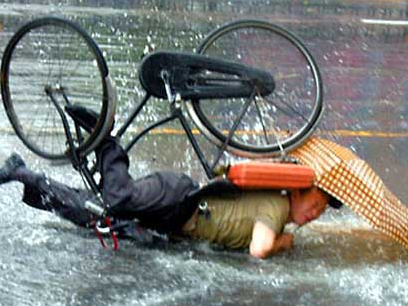While I was away, the Times' Lens blog posted Edgar Martin's comments in defense of himself. The Times editors' introduction betrays the sharpness of the burned:
Edgar Martins is a photographer whose picture essay in The Times Magazine on July 5 and an accompanying slide show on NYTimes.com, "Ruins of the Second Gilded Age," were found to include digital alterations—contrary to the stipulations of his contract and his stated, repeated assertions to the writer, editors and fact checker at the magazine.
And some of the commenters aren't having much of his explanations, either (this is part of a comment by "Ben"):
[Martins'] gibberish gives me a headache. As a photographer, I feel like I have a keen sense of smell when it comes to the stink of a guy who’s just been caught in the act of lying about his work. If I recall correctly, in the original post, it was specifically mentioned that nothing had been digitally manipulated in these photographs. So, seems like what happened is clear...he lied about his shots, he got caught, and now he’s using ridiculous and unclear verbosity to try to weasel his way out of criticism.
It's all in the context, isn't it? If it had been presented as "art photography," there's absolutely not a thing wrong with anything Edgar Martins has done. Presented as documentary and then lied about, it's flat unacceptable.
Here's Edgar's apologia (I didn't read it).
Kudos again to Adam Gurno, "Unixrat" on Metafilter, who was the one who first got wise to the chicanery.
Mike
(Thanks to Vlatko Juric-Kokic)
Send this post to a friend
Featured Comment by Mike C.: "A misrepresentation is a misrepresentation, sure enough, but some arguments over 'representation' have been going on for some while:
Just then my eye was caught by an unframed canvas standing on a shelf above Jacqueline's head and to the right. It was a portrait of a girl—Jacqueline, I would have said—in tones of green and black and white. She was shown in profile, looking off to the left, and Picasso had given the face a mildly geometrical stylization built up of triangular forms which emphasized the linear treatment but at the same time preserved the likeness. I pointed to the painting. 'How would you explain to a person whose training made him look on that as deformation, rather than formation, why you had done it that way?' I asked him.
'Let me tell you a story,' Picasso said. 'Right after the Liberation, lots of GIs came to my studio in Paris. I would show them my work, and some of them understood and admired more than others. Almost all of them, though, before they left, would show me pictures of their wives or girl friends. One day one of them who had made some kind of remark, as I showed him one of my paintings, about how 'It doesn't really look like that, though,' got to talking about his wife and he pulled out a tiny passport-size picture of her to show me. I said to him, "But she's so tiny, your wife. I didn't realize from what you said that she was so small." He looked at me very seriously. "Oh, she's not really so small," he said. "It's just that this is a very small photograph." '
—Picasso, interviewed in The Atlantic, July 1957
"Just sayin'...."
Featured Comment by Puplet: "[Martins' apologia is] almost a success: if he'd written a few hundred words more, I'd have lost the will to live entirely and would have agreed with anything he wanted to say, just to make him stop...."
Featured Comment by Robert Noble: "I thought one of the more astute comments in the zillion-word metafilter thread that started all this was by 'yoink,' in response to those who are flogging the New York Times for sleeping in the job.
"In light of the multiple earlier books and gallery shows in which Martins also lied about not digitally manipulating his photographs, Yoink wrote (emphasis added):
Nobody—not the people who published books of Martins's work, not the people who wrote glowing reviews of it, not the people who interviewed him seriously about his "organic" process, not the galleries that showed him [and not, Robert Noble adds, several hundred thousand readers of the Times magazine]—seems to have detected the Photoshopping until Unixrat caught it.
This, really, is the fascinating thing about all of this. It's "obvious" that the work is Photoshopped now that we know it to be true. It clearly wasn't obvious before that—and not to people who spent a long time looking at the works and who were professionals in the field of photography. I think it's really unfair to suggest that the professionals at the Times were grossly negligent not to notice something that hundreds of other professionals failed to observe in the past--no matter how glaringly obvious it all seems to be in hindsight.
